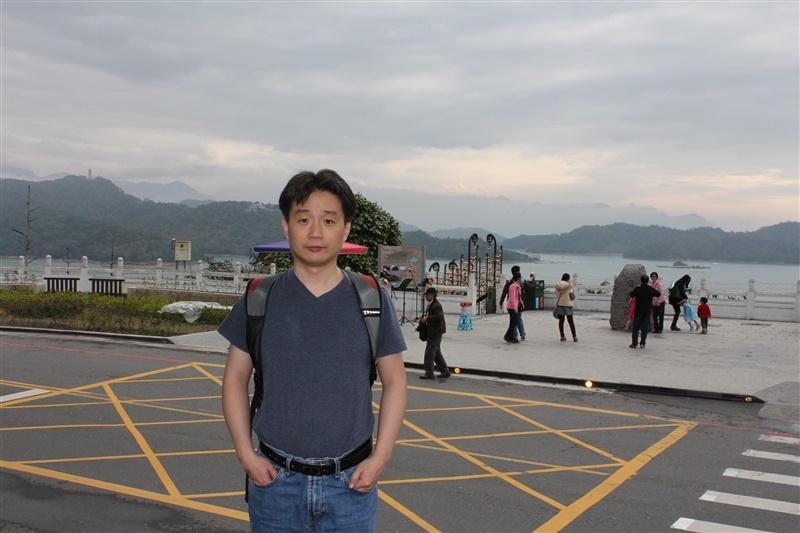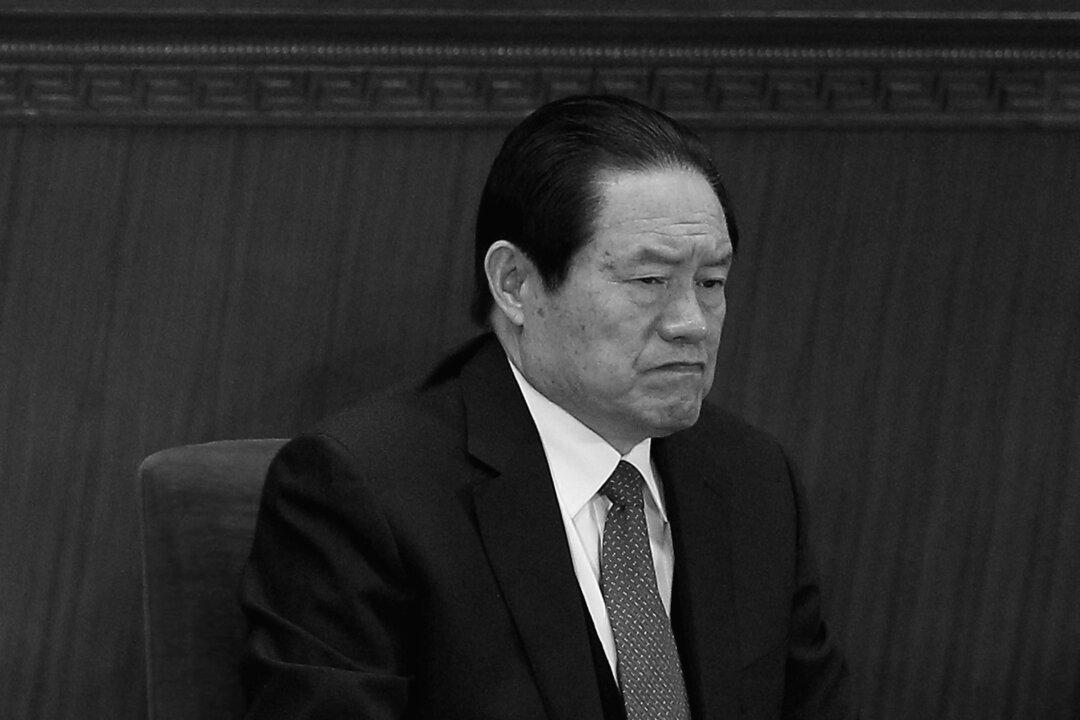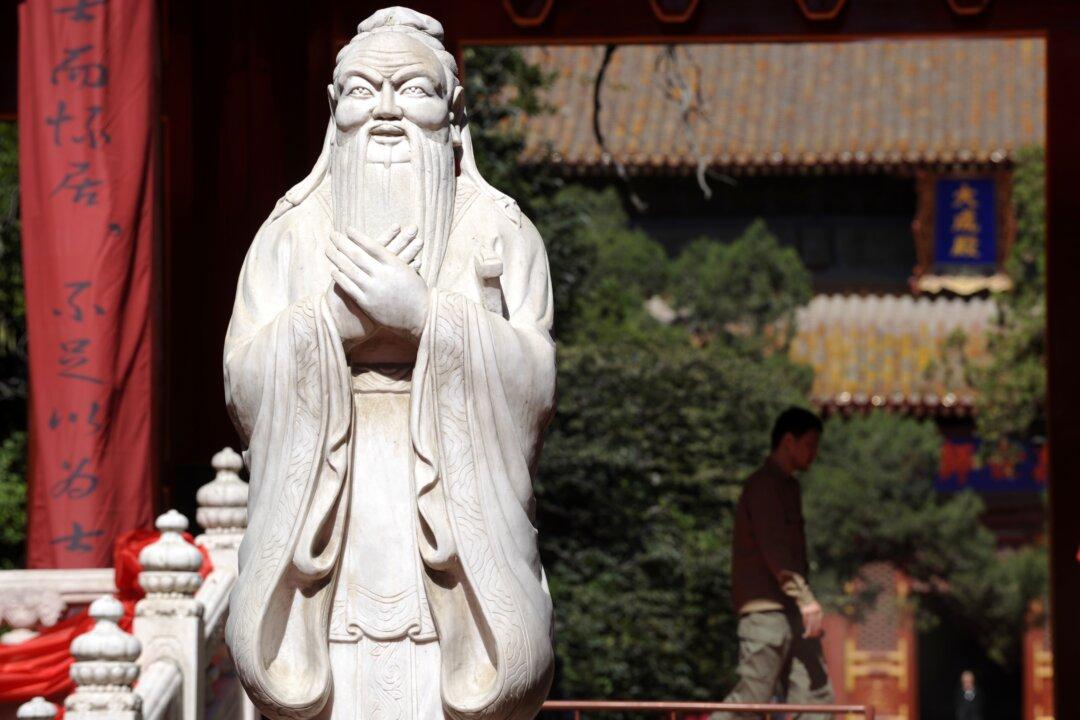As China’s annual Tomb Sweeping Day, or Qingming Festival, approaches on April 4, business is booming for firms that cater to people too busy to visit their dead relatives.
Qingming can be translated as “pure brightness,” and is meant to celebrate loyalty, but 21st century China offers a different approach.
All the services traditionally done by relatives in mourning are now sold as commodities: weeping can be billed by the minute, or incorporated into a package.
A full package includes cleaning the grave site, burning incense, lighting candles, bowing, reading a eulogy, kowtowing, placing flowers, weeping, and wailing. Graves that are out of town get a surcharge.
A business in Guangzhou charges 500 to 800 yuan ($80-$129) per visit. Prices go up as Tomb Sweeping Day approaches. A business in Beijing charges 350 to 1,000 yuan per visit ($56-$166). Wailing costs 100 yuan ($16). Crying out in grief for a mother or a father costs 100 yuan, and it’s 50 yuan (eight bucks) for each bang of the head on the ground.
An expert mourner can charge more. In Tianjin, crying services from an experienced professional cost 20,000 yuan ($3,225).
Some businesses provide recordings or live-streaming of the process as documentation for their invoices.
Many netizens consider use of a tomb-sweeping service “lying to the afterlife.”
One Internet user posted, “Anything is possible in this society. Are we progressing or regressing?”
Another wrote, “People are used to lying. Now they are getting used to lying to ghosts.”
A third blogged, “In a time that worships money, people who hire this service have nothing but money left.”
The traffic on Daihuang Highway in Wuhan City, Hubei Province, was backed up for 13 miles with people going to visit graves the last weekend before the Qingming Festival. The price of chrysanthemums, traditionally used for funerals and graveyards, went up 50 percent. Yellow ones went for one to one and a half yuan (16-24 cents) each, and white ones for 1 to 2 yuan (16-32 cents) each. White is the color of mourning, hence the higher price.
Besides food and flowers, people bring offerings made of paper to be burned and sent to the other side to comfort the deceased. Burning symbolic paper money was a traditional practice. In Chongqing City, Sichuan Province, mourners made paper offerings of mansions, cars, air conditioners, refrigerators, water heaters, laptops, cell phones, and iPads. There are even female paper dolls to represent mistresses.
The festival is one of ancient China’s 24 solar terms, which mark seasonal changes. It’s a major turning point in the lunar calendar and one of the eight important holidays. It started in the Zhou Dynasty and has been celebrated for over 2,500 years. In China, 25 ethnic groups recognize the day.
The holiday honors a man named Jie Zitui, who gave a piece of his own thigh to save his exiled lord from starvation during the Spring and Autumn Period (770-476 B.C.), according to Chinese tradition. Over time, honoring dead relatives became the way to mark the day. People visit graves, weed and tidy them, burn incense, mourn, and make offerings to their ancestors.
Translation by Hsin-Yi. Written in English by Mary Silver.
Read the original Chinese article.




